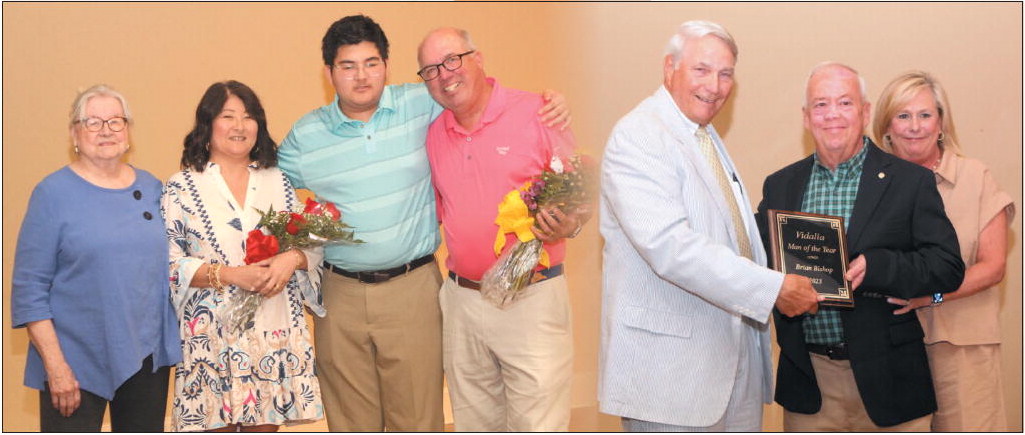BPC Associate Professor Published in Nature Communications


Brewton-Parker College (BPC) Associate Professor of Physical Sciences, Dr. Sampyo Hong, was recently published in Nature Communications. Nature Communications is a peerreviewed journal that publishes high-quality research from all areas of the natural sciences. Papers published in this journal are considered high-impact research by the science community. The publication entitled “Fine-tuned local coordination environment of Pt single atoms on ceria controls catalytic reactivity” was coordinated, performed, and co-written by Dr. Hong and thirteen others on their recent research and findings. This work was a collaboration with the experimental and theory groups at the University of Central Florida.
Dr. Hong and his two UCF colleagues received a National Science Foundation (NSF) grant of $864,827 in September 2001, and this work was supported by the grant. BPC President Dr. Steven Echols shared his enthusiasm for Dr. Hong by stating, “We are proud of this outstanding achievement!”
In this work, using a combination of a conventional wet preparation and calcination temperature- control approach, ceria (CeO2) supported platinum (Pt) single atom catalysts with precisely controlled coordination environments are successfully fabricated and demonstrated to possess high carbon monoxide (CO) oxidation activity. Based on the publication, constructing single-atom catalysts with fine-tuned coordination environments can be a promising strategy to achieve satisfactory catalytic performance.
Dr. Hong explained part of the experiment by commenting, “Millions of chemical products we use daily are made using catalysts. Examples of usage of catalysts include refining crude oils into gasoline and cleaning car exhaust gasses in three-way catalytic converters. Catalysts are materials that make chemical reactions faster. Usually, rare and expensive materials such as platinum are frequently used catalysts. Scientists are working to make catalysts more efficient by using every atom as catalysts. This way, scientists can maximize the utilization of expensive catalyst materials and reduce catalyst loading.
“Making such atomic catalysts is challenging because atoms have a strong tendency to aggregate into clusters of a bigger size. Through this work, scientists will get an insight into how to achieve highly efficient single-atom catalysts for various reactions. This is why theoretical calculations are necessary to elucidate it.”
Dr. Hong and others were responsible for the theoretical calculations. He used the DFT method (which is Density Functional Theory). Dr. Hong explains DFT as “a theoretical tool for understanding the physical and chemical properties of materials. It enables scientists to precisely calculate the properties of atoms and molecules and thus is used to make a prediction of the structure and energetics of chemical compounds and crystals.”
While most theoretical calculations were done by Prof. Rahman’s group, Dr. Hong explains that his contribution was to “construct models for the Pt single atom catalysts and ceria support and calculate how the Pt single atoms catalyze CO oxidation, in which CO molecules combine with oxygen (O2) molecules to become carbon dioxide (CO2) molecules.”
The Provost of BPC, Dr. Robert Brian, had encouraging words for Dr. Hong, “To see in print the end results of his work these past several years on the National Science Foundation (NSF) grant with the Central Florida group is quite impressive. I would venture to suggest that he and his three colleagues responsible for the DFT calculations pulled one of the laboring oars in completing and publishing this work. We are all very proud and grateful that he is a part of our faculty.”





